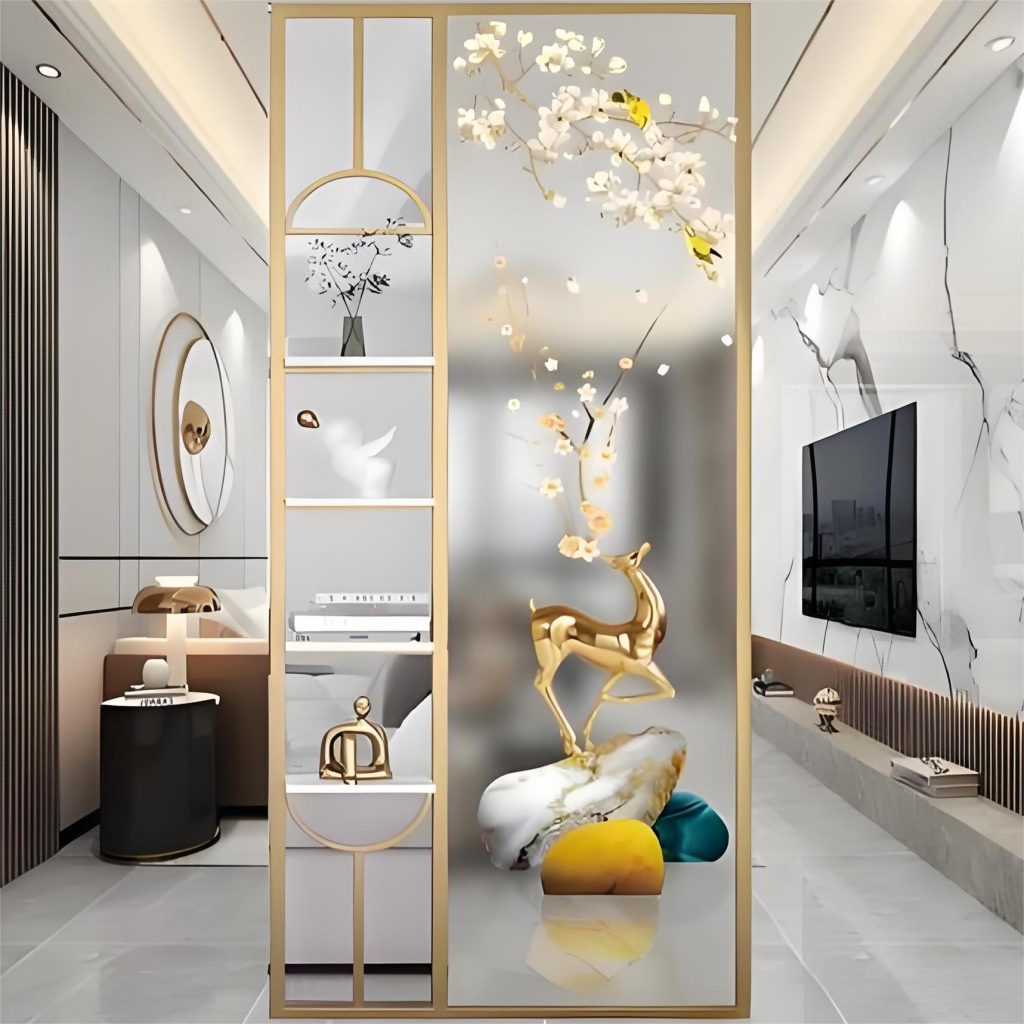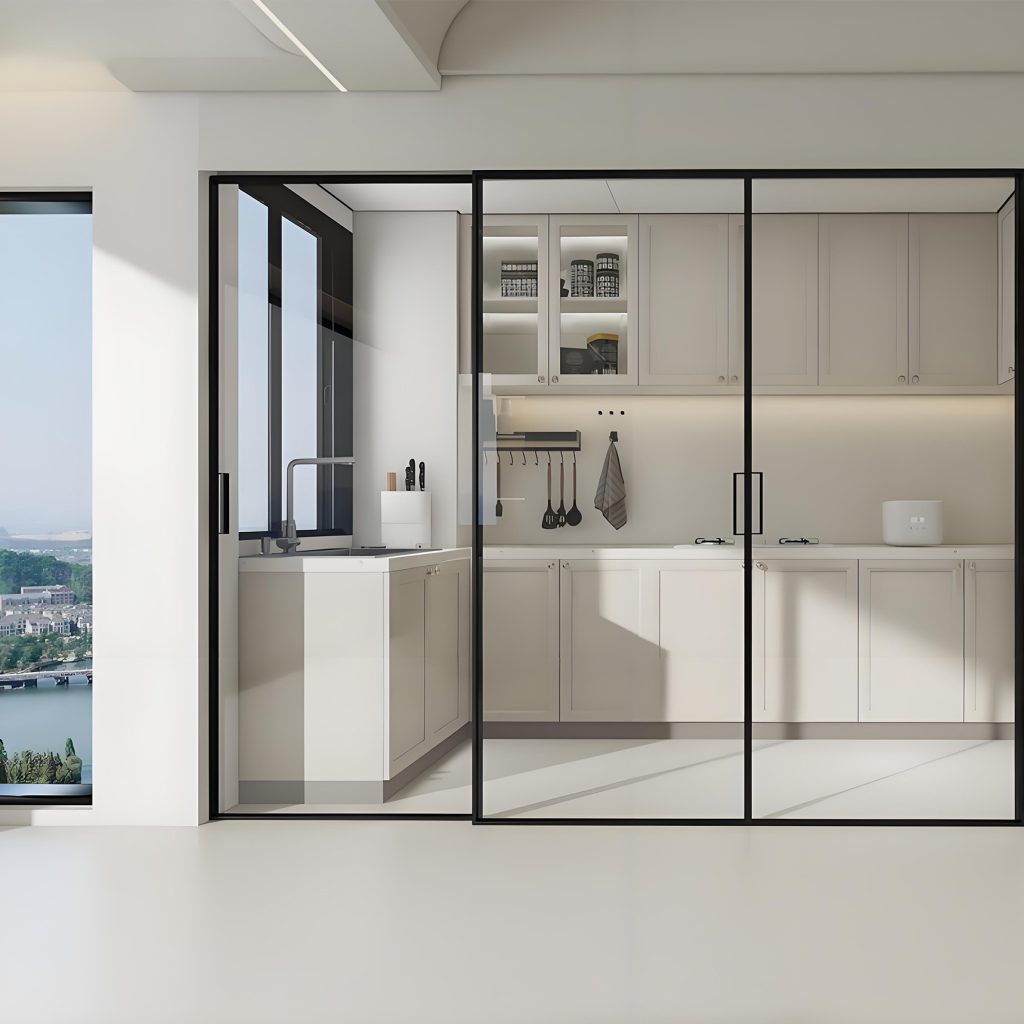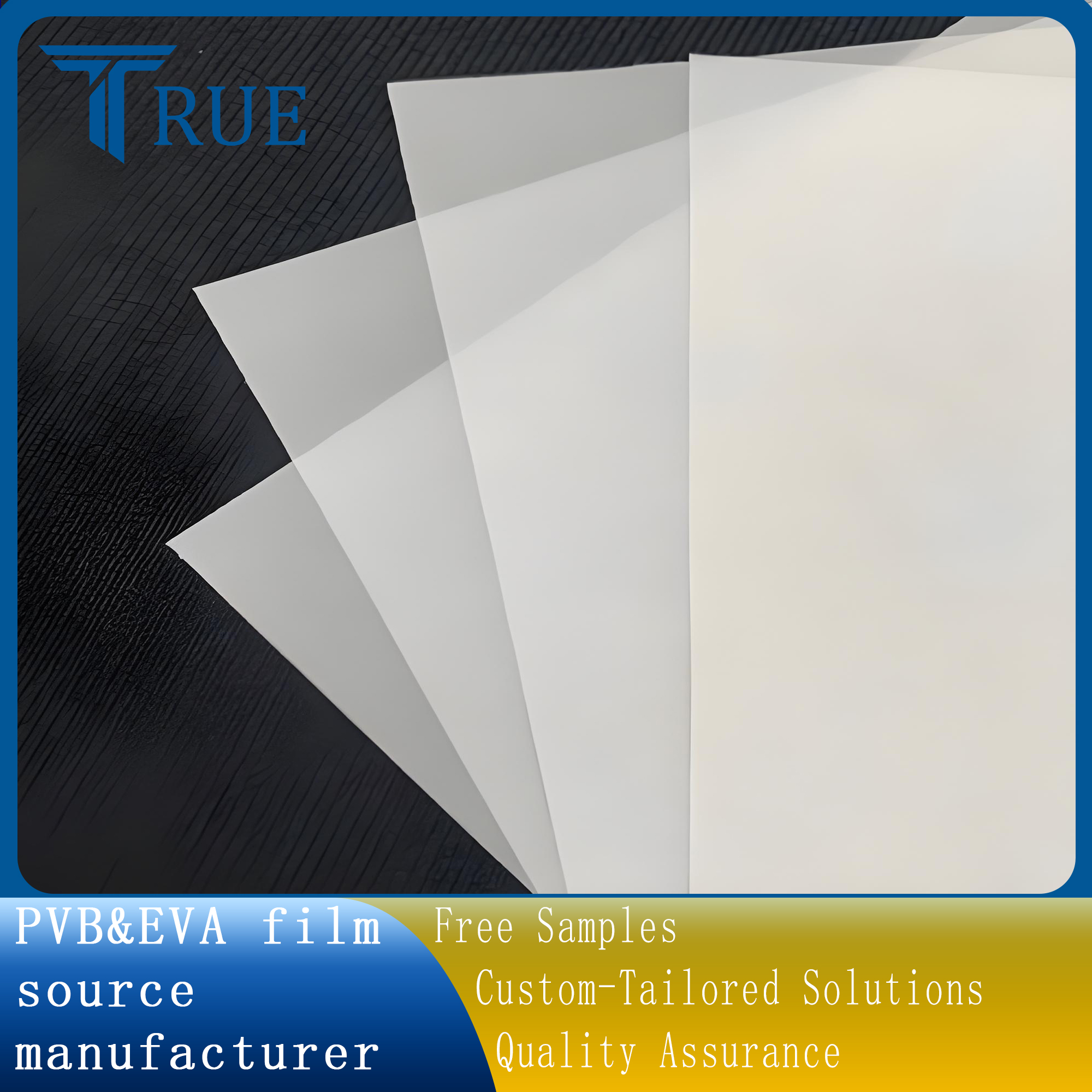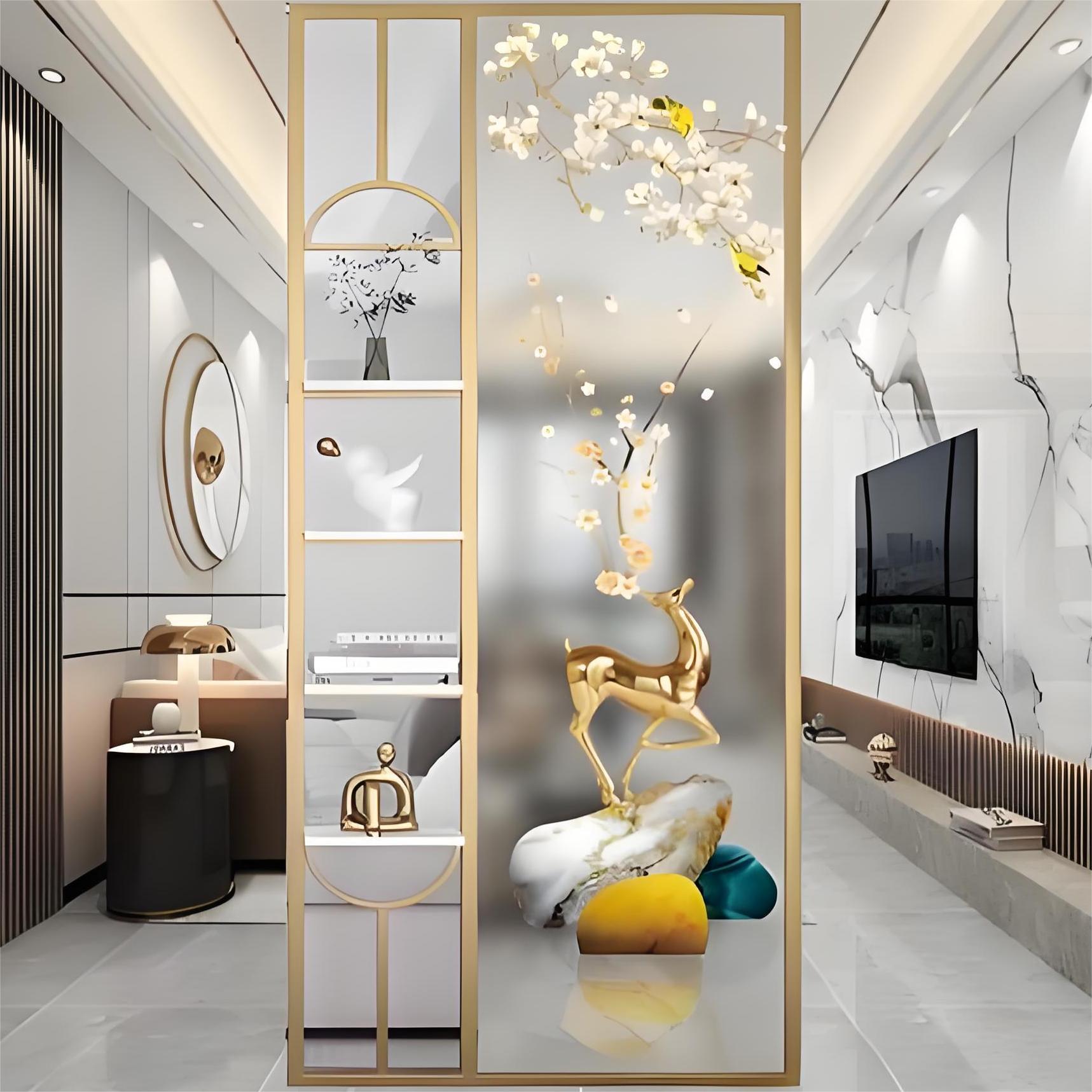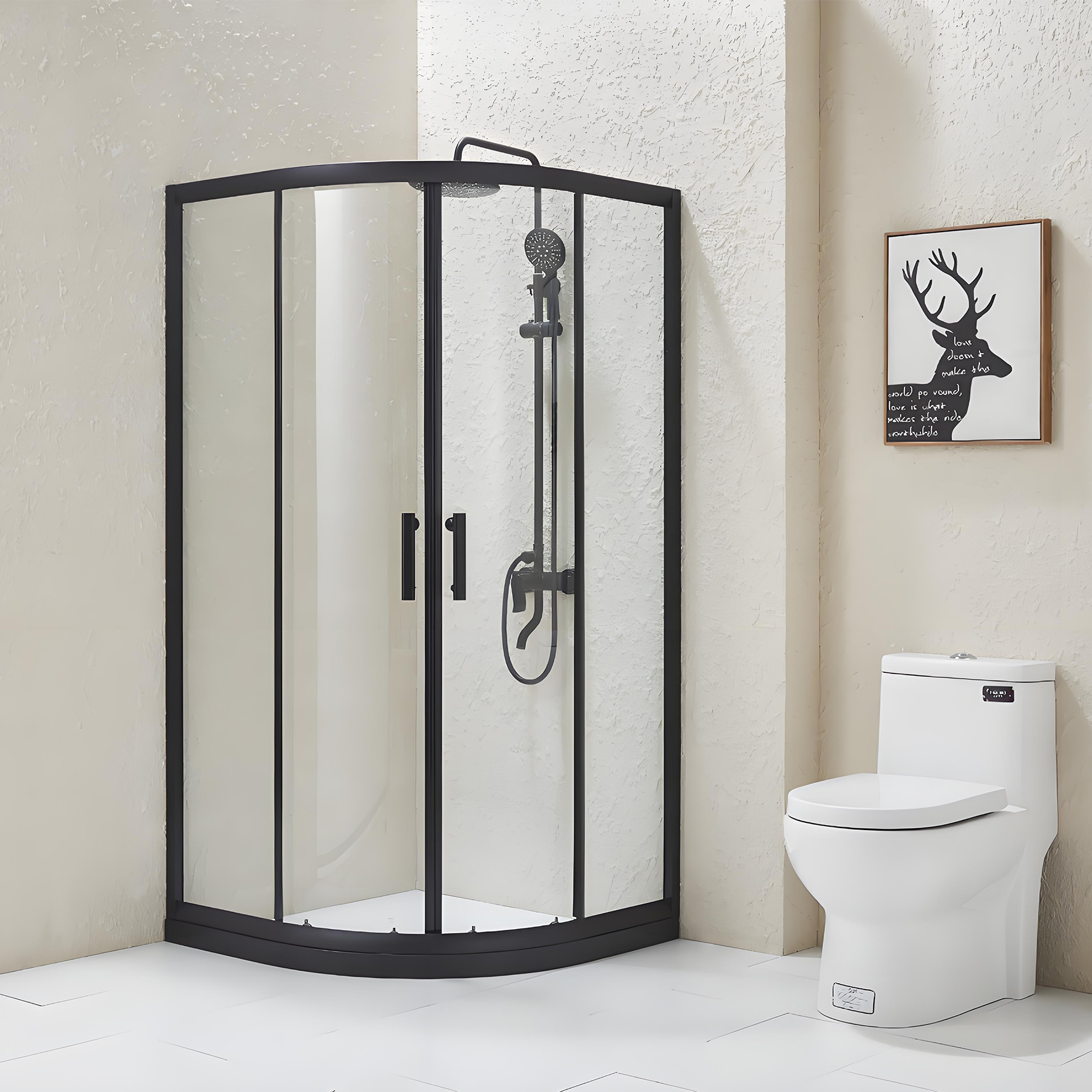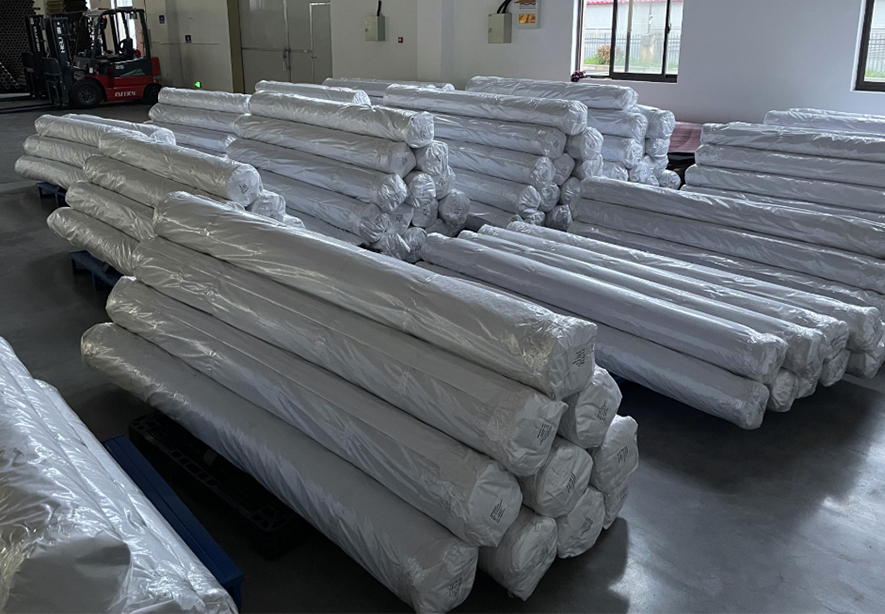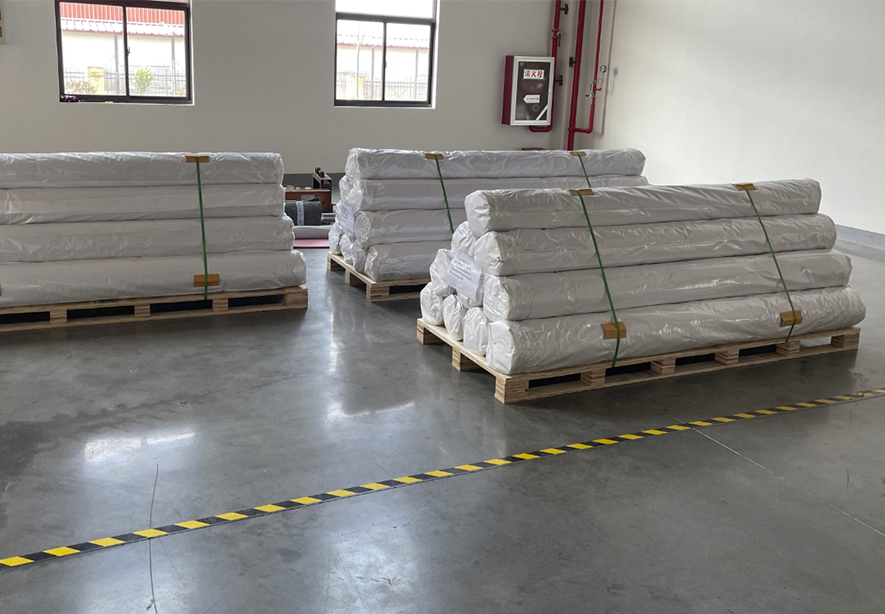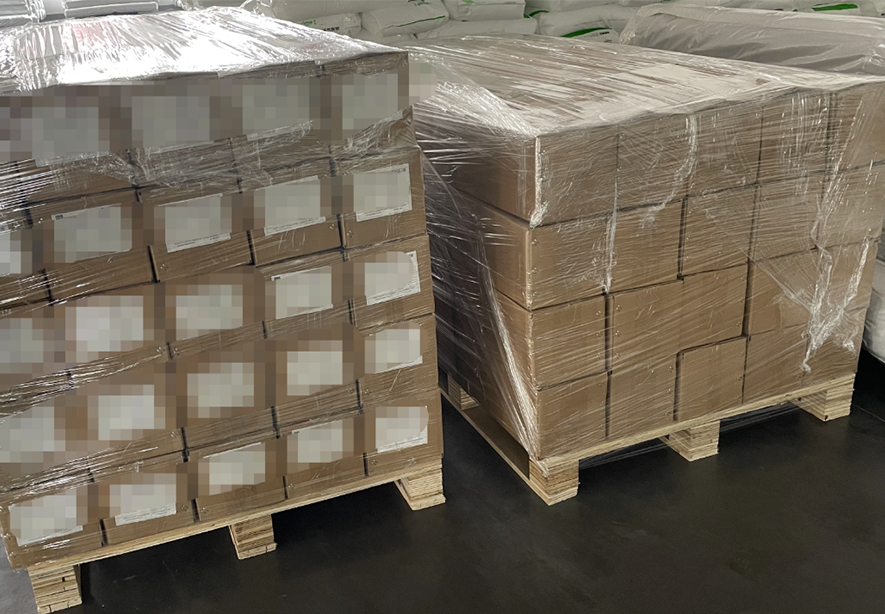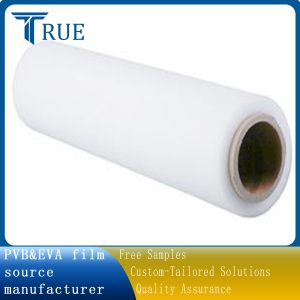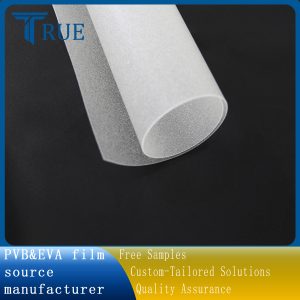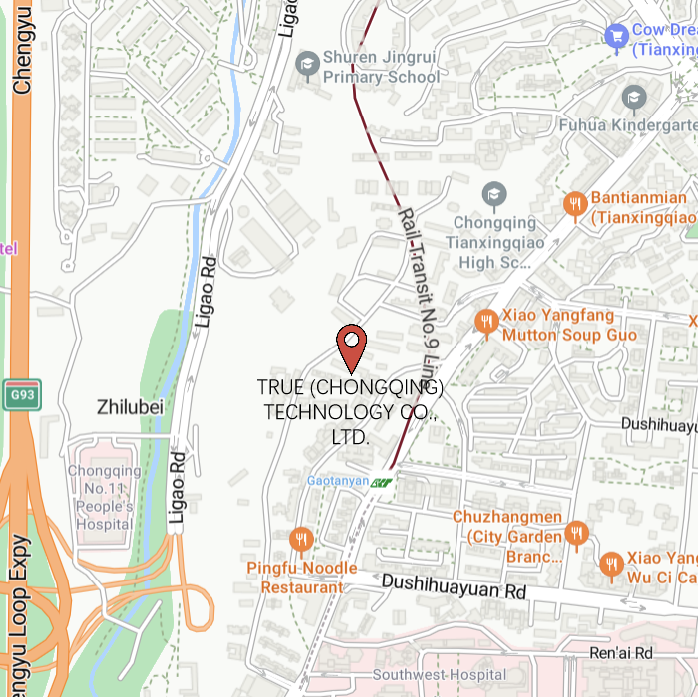1.Product Introduction
| Product name | Thickness(mm) | Width(mm) | Length(m) | Scope of application |
| UV resistance EVA Film 88% | 0.38 | 500-2650 | 100 | Note: UV blocking rate 88%; light transmittance 90%; haze less than 0.3; 335-340g/㎡ |
| UV resistance EVA Film 96% | 0.76 | 500-2700 | 50 | Note: UV blocking rate 96%; light transmittance 89%; haze less than 0.3; 640g/㎡ |
2.Product detailed parameters
| Melting point |
67℃ |
Density |
0.951g/cm3 |
| Glass transition temperature |
-45℃ |
Tensile strength |
31Mpa |
| Fracture elongation |
774% |
Water absorption |
≤0.1% |
| Haze 2.88%, transmittance 87.4% |
2.88% |
Transmittance |
87.4%% |
| Adhesive strength (glass) |
95N/10mm |
UV aging resistance (15Kwh/m2, 290-385nm) |
transmittance 79.6% |
| Resistance to moisture and heat aging (85C85% humidity 1000h), |
transmittance 78.3% |
Impact performance of shotgun bag GB-15763.3-2009 |
1200MM,with broken glass on both sides and no penetrating opening |
| Drop ball impact test GB-15763.3-2009 |
3000MM,adhesive layer not broken, not exposed, moisture |
resistance GB-15763.3-2009 |
No bubbles or other defects generated |
3.Application Cases
4.Packaging and transportation
5.Save method
1) EVA laminated glass adhesive film is usually required to be stored in a ventilated, dry, and clean warehouse, avoiding direct radiation from light and heat sources; Prevent rain, heavy pressure, external impact, and scratches from hard objects; The temperature in the warehouse should not exceed 30 ℃, and the humidity should not exceed 60%; When there is a large inventory of film, a tray should be placed under the film to facilitate ventilation, heat dissipation, and moisture isolation. If the film is subjected to pressure, heat, or excessive moisture, it may exhibit varying degrees of self adhesion. If possible, please hang it for storage and avoid heavy pressure as much as possible. If the surface humidity of the adhesive film is too high, it will also affect the bonding strength between the adhesive film and glass or other adhesives, affecting normal use.
2)EVA laminated glass film is prohibited from being stored in the same warehouse as flammable and explosive materials; The remaining film after use must be repackaged with clean materials to prevent the weak static electricity carried by the film itself from adsorbing dust and contaminating the film, affecting normal use.
3) EVA laminated glass film has an “effective storage period” of ten months from its production. Customers with inventory turnover must perform a rolling operation of “storing new and using old”. If customers use film that has exceeded the storage period for production and processing, we are not responsible for the quality of their products. If the film purchased by the customer has not been used for a long time and the storage period has exceeded the “effective storage period”, regardless of whether there are inherent quality problems with the product, we will not process returns or exchanges.
6.Production process (for reference only)
This reference process takes a single-layer molding machine as an example, with the production of 5mm double clip colored transparent glass as the production factor, and the specific temperature is the surface temperature of the glass inside the molding machine.
Different molding equipment (mainly due to differences in indoor space size, heating methods, and temperature sensor positions), raw materials, and support films, as well as winter or summer production (mainly due to differences in ambient temperature), should modify the processing technology appropriately due to production changes to fully ensure product quality.
The molding equipment is different (mainly due to different indoor space sizes, heating methods, and temperature sensor positions), the raw materials are different, and winter or summer production (mainly due to different environmental temperatures) requires adjustments to the corresponding processing technology due to changes in production factors, in order to fully ensure product quality.
Although colored film is also a type of adhesive with strong adhesion, some “dyed” materials are randomly added during the production process. Therefore, compared to colorless and transparent films, the adhesion of colored films is relatively weak. The deeper the density of the color film (such as opaque color film), the weaker the bonding strength. Increasing the pouring temperature of the color film appropriately is an effective way to improve the bonding strength. But the molding temperature cannot be raised uncontrollably. Under the influence of high temperature, the color film may exhibit adverse phenomena such as color difference and foaming. In addition, the thickness and surface properties of the raw materials are different, and the processing temperature setting should be adjusted appropriately; Therefore, it is recommended that customers understand the characteristics of the material and have a purpose before using colored film or wrapping different intermediates. Set up the production process.
When making silk thread glass, attention should also be paid to moisture factors. If the environmental humidity is too high, it can cause trace amounts of moisture to appear on the film, wire, and glass. If the moisture cannot be effectively removed during the molding process, it will affect the adhesive strength of the film and may cause the finished glass to appear as if water has been removed from the glue and edges in the later stage.
Craft glass cannot be installed without auxiliary materials such as edge glue and glass glue. Customers should remind users that when choosing edge banding adhesive and glass adhesive, they should confirm the absence of contamination and the permeability and peelability of EVA film materials to avoid adverse effects on the finished glass caused by these auxiliary materials.
7.Special Warning
Whether it is EVA film or intermediate materials (such as photo paper), due to improper storage, there will be “discharge” phenomenon in rainy and humid weather. Even if glass appears, there will still be a thin layer of water mist floating on the surface of the glass. If this “moisture” phenomenon is not ruled out, the bonding strength of tempered glass after processing and forming will be greatly affected. Therefore, customers are advised to avoid high humidity weather during production. Proper drying of materials and glass is beneficial for improving bonding strength.
